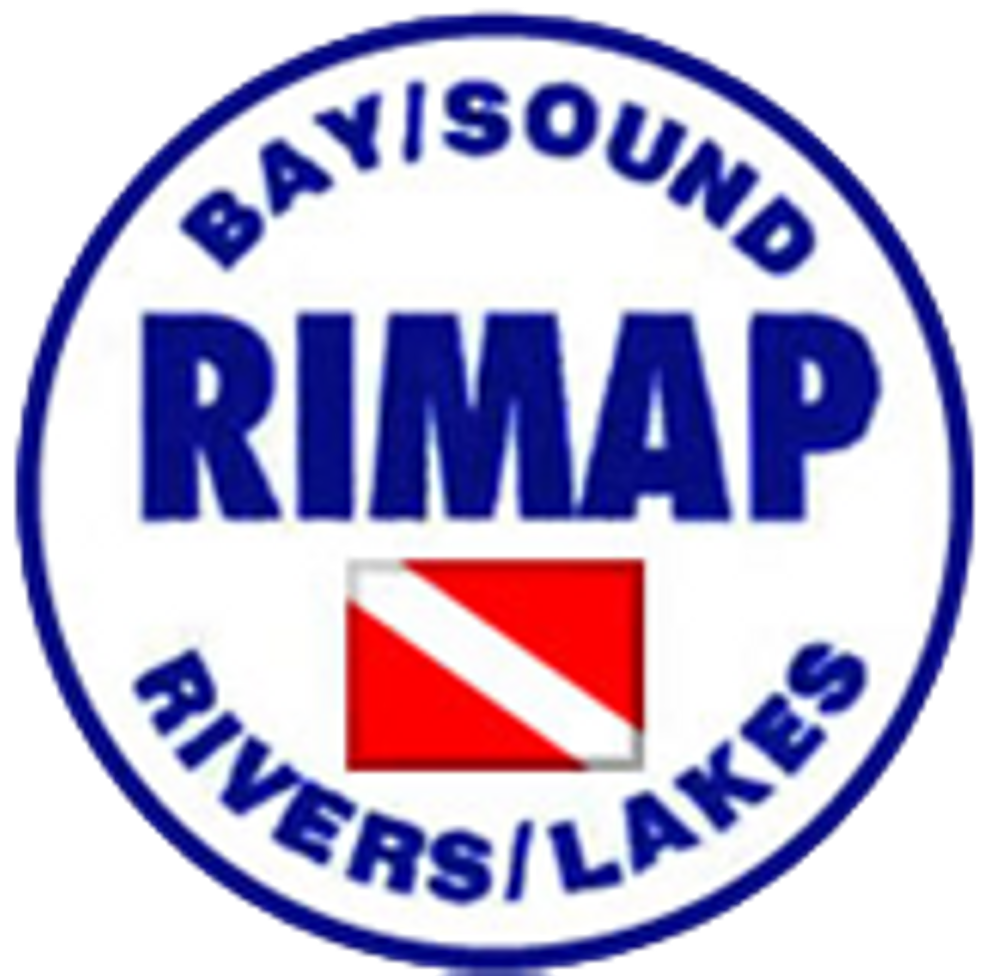RIMAP Research: 3-D Technology
THE ARCHAEOLOGY OF SMALL THINGS - 3D IMAGING AND ITS USES.
© RIMAP 2020
Click the image above to read the full article.
THE ARCHAEOLOGY OF SMALL THINGS - 3D IMAGING AND ITS USES. Click image above to read the full article and see this image and others in 3D. Click image above to read the full article and see this image and others in 3D.
The most prominent items recognized from the maritime past are the structures of shipwrecks that grab public attention, especially when they are displayed in a museum setting or are reported by the media. Marine archaeologists study these large cultural items because they tell important stories about the histories of exploration, trade, and war, especially since they were the venues for the changes that arise from the connection and communication between cultures. But the details of those histories are more likely to be teased out from the studies of the smaller artifacts associated with these more glamorous shipwrecks, and not from the ships themselves. Such is the case with some small artifacts from a shipwreck in Newport’s Outer Harbor of Rhode Island. Site RI 2394 is an 18 th -century vessel that was scuttled among a group of 13 transports and victuallers in August of 1778, to protect the British troops in Newport from the threatening French fleet during the American Revolution. The Rhode Island Marine Archaeology Project (RIMAP) has located and mapped 10 of these 13 ships, identified a group of 5 sites that included this particular vessel, and now considers RI 2394 as the prime candidate to be the Lord Sandwich ex Endeavour.
To read the full article and see all of the 3D images - click the picture above of the shoe.

